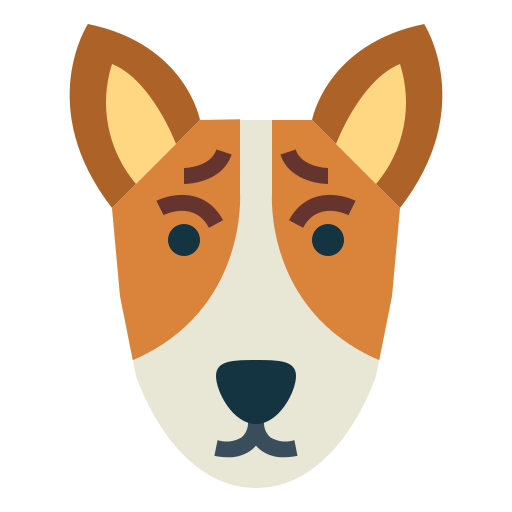Going to stop doing Obiedence!
-
We did it with Rasco to try and help him stop being aggressive towards other dogs and while I think it has helped a bit and we've taught him how to heel properly, we're going to stop.
Though it's not expensive at ?50 for eight weeks, just don't see the point anymore. We've been doing it for ten weeks (tonight will be the eleventh), and joined another class after the Eigth week that were halfway through their course, so next week's lesson will be the last.
I think it's for novice owners and/or competitive Obiedence and/or Good Citizen dogs.
We still do agility and doggy tricks :)
-
While a formal obedience class should help with manners, I don't think it would be particularly helpful with addressing dog-dog aggression. That's not the focus of the class. You may want to look into a "growly dog"-type class, where the focus is more on addressing dog-dog aggression. I've also seen it called "Dogs with Issues" or "Sensitive Dog Class". Not sure what they would call it in England. There are approaches such as Control Unleashed or Behavior Adjustment Training (BAT) which can potentially help.
When one of my dogs was having issues (appears to have been thyroid related), I pulled her from a very large obedience class. She was reacting frequently to other dogs in the class. It wasn't a good learning environment for her and was just more stress. Once we addressed the thyroid issue, the reactivity diminished, but I have tended to try and find much smaller class environments to help prevent further issues.
-
Ah thank you, I think it is because he is being protective of me and I'm not sure how that could be sorted since I'm the only one that walks them :)
-
There are some things you can do to help with reactivity but as Clay said you aren't likely to find them being taught in a class geared toward basic obedience skills. I include some of these skills in my Life Skills class because we see so many dogs that have some reactivity and giving the owners the skills to help head it off means not ending up with more dogs in our Dogs With Concerns class.
You may want to give Control Unleashed a read.
-
Thank you very much : )
